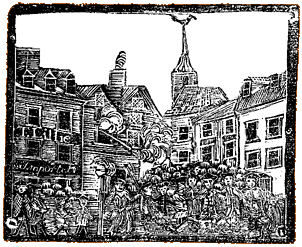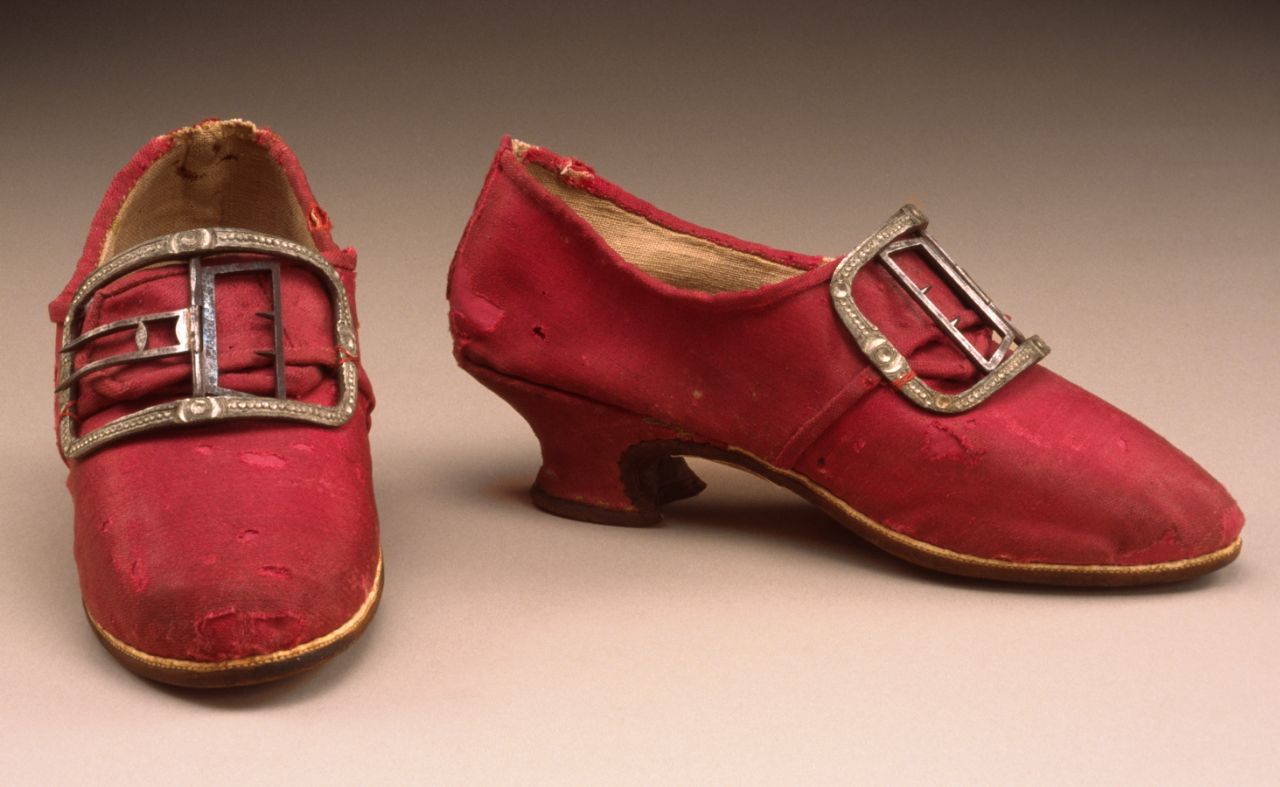“Free America” at Last
The first item McCarty included was “The Liberty Song,” credited to the Pennsylvania Chronicle on 4 July 1768. (It appeared in the issue of that newspaper dated July 4–July 11, which was published on the latter date, but the former date had developed more resonance.) At the time, there was still some debate about who had written those lyrics, and McCarty included no author credit.
The fourth song was “Free America,” attributed to “General Warren.” That was the first time the song was given that title. In fact, the phrase didn’t even appear in the first printed versions of the lyrics. But from then on, “Free America” was the standard name.
It looks like McCarty had come across at least a couple different versions of the song, including the one published in 1804. He selected lines he liked and rearranged two middle stanzas to deemphasize their 1770s political argument. The phrase that had been “shall spread his snares in vain” or “shall spread his net in vain” became “shall lay his snares in vain.”
And this time the final stanza played no favorites about which European Atlantic powers America would eventually dominate:
Some future day shall crown us,In 1846, Isaac C. Disraeli reprinted McCarty’s version in Curiosities of Literature, leaving out two stanzas entirely. Disraeli also wrote:
The masters of the main,
Our fleet shall speak in thunder
To England, France, and Spain;
And the nations over the ocean spread
Shall tremble and obey
The sons, the sons, the sons, the sons
Of brave America.
General [Joseph] Warren was a song writer as well as an orator, but his verses, though very popular at the commencement of the Revolution, have less merit than his reputation as a man of cultivated taste would lead us to anticipate. The following song was probably written near the close of his life.Faint praise indeed.
McCarty’s seven-stanza version of the song also went into the Duyckincks’ Cyclopaedia of American Literature (1855) in a section on Dr. Warren. That version of the “Free America” thus became the canonical one—eighty-five years and many changes after its debut at Josiah Flagg’s concert in February 1770.

















